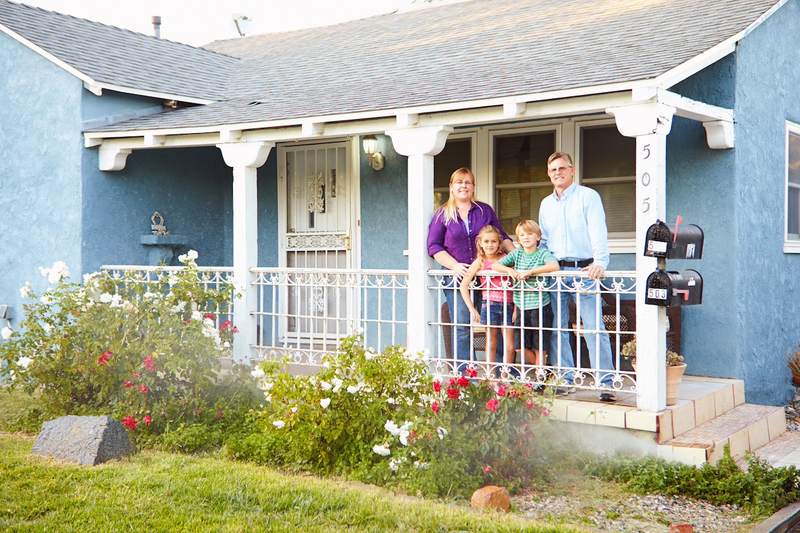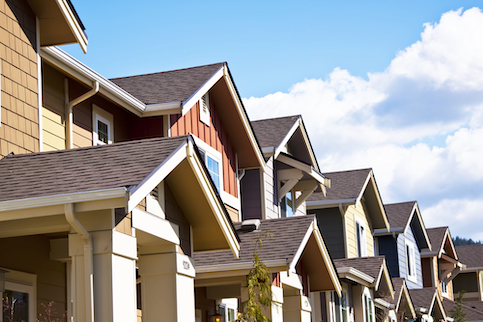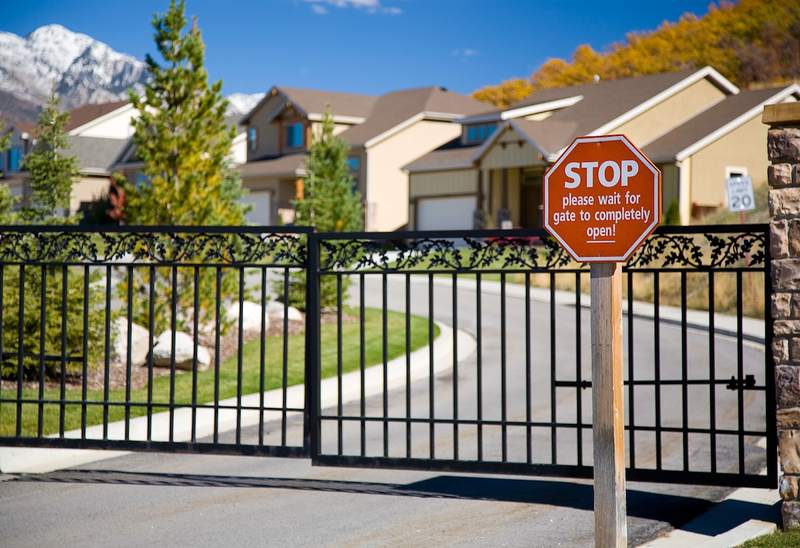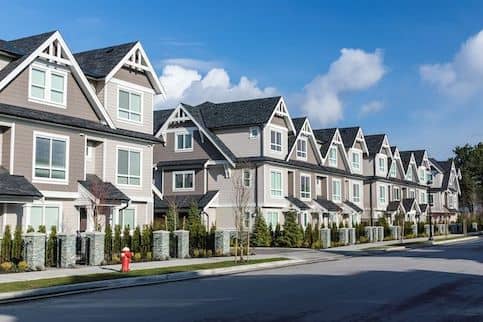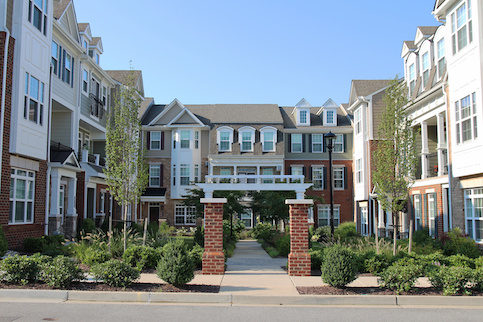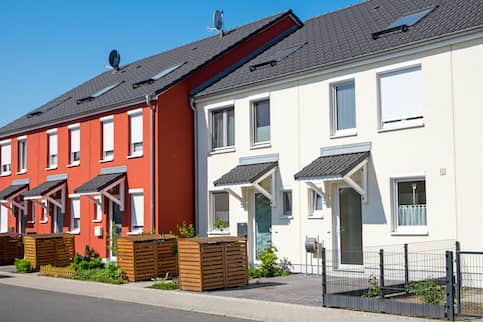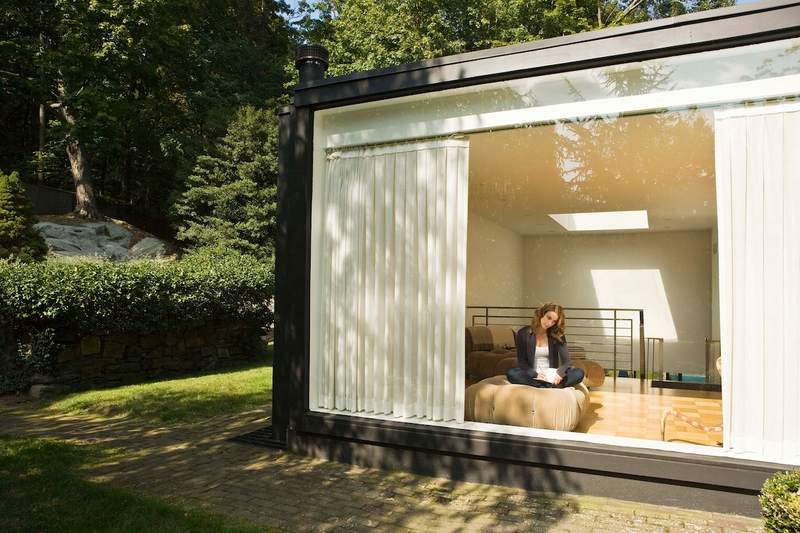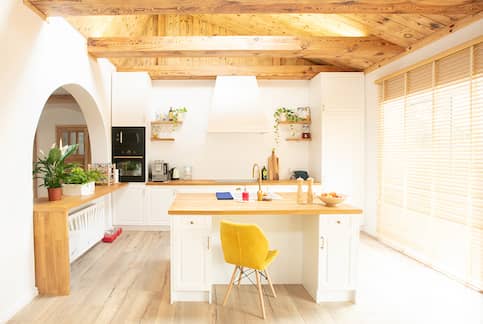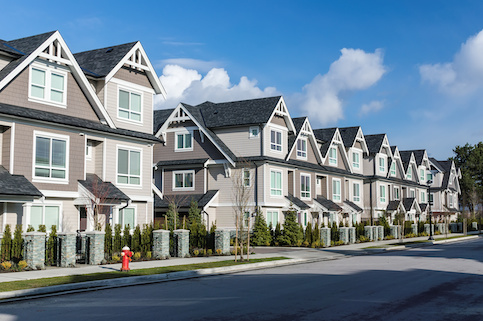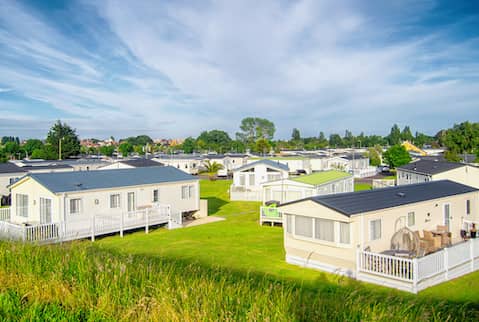Historically, housing prices have increased over time. But in recent years, home prices have increased dramatically. The median sales price for a home in the U.S. rose from $325,500 in June 2020 to $417,300 in June 2024 – an increase of more than 28%. That’s priced many aspiring buyers out of the market and focused attention on the need for affordable housing. Federal, state and local governments have created programs to make homes more affordable for people whose incomes haven’t kept up with market prices.
Key Takeaways:
- Affordable housing is technically defined as housing on which the occupant is not spending more than 30% of their income.
- There are a variety of different affordable housing programs available that have been designed to help lower-income borrowers become homeowners.
- Your income cannot exceed 80% of the area median income to qualify for many affordable housing programs.
What Is Considered Affordable Housing?
The U.S. Department of Housing and Urban Development defines affordable housing as costing the occupants no more than 30% of their gross monthly income – including utilities.
“This standard is used by HUD and many other organizations to ensure that individuals and families have enough income left over for other necessities like food, transportation and health care,” says Stephanie Berman-Eisenberg, President and CEO of Carrfour Supportive Housing in Miami, Florida. “For low-income households, affordable housing can include a range of options, from rental units subsidized by government programs to more affordable homeownership opportunities through initiatives like down payment assistance or low-interest loans.”
Many factors make affordable housing difficult to find in many markets, such as:
- Market housing prices
- Cost and availability of building materials
- Number of homes being built
- Land-use controls
- Zoning ordinances
- Building codes
- Community growth
- Interest rates
Affordable Housing Income Limits
Area median income is a key figure used to determine eligibility for affordable housing programs. AMI is defined as the midpoint of the income distribution in a metropolitan statistical area. HUD calculates this figure each year using a four-person household as a baseline and has three eligibility categories for each area:
- Low income: At or below 80% of AMI
- Very low income: At or below 50% of AMI
- Extremely low income: At or below 30% of AMI
AMI for your specific area can be found using this HUD resource. Here are AMI figures by state for 2024:
Area Median Income By State For 2024
| State | Area Median Income |
|---|---|
| Alabama | $82,500 |
| Alaska | $111,800 |
| Arizona | $94,200 |
| Arkansas | $75,100 |
| California | $111,300 |
| Colorado | $116,400 |
| Connecticut | $122,300 |
| Delaware | $106,300 |
| District of Columbia | $154,700 |
| Florida | $88,600 |
| Georgia | $92,000 |
| Hawaii | $115,000 |
| Idaho | $90,500 |
| Illinois | $102,900 |
| Indiana | $89,700 |
| Iowa | $96,500 |
| Kansas | $96,300 |
| Kentucky | $80,800 |
| Louisiana | $77,400 |
| Maine | $93,500 |
| Maryland | $124,500 |
| Massachusetts | $127,700 |
| Michigan | $91,200 |
| Minnesota | $111,800 |
| Mississippi | $71,100 |
| Missouri | $88,600 |
| Montana | $88,700 |
| Nebraska | $98,400 |
| Nevada | $90,900 |
| New Hampshire | $119,900 |
| New Jersey | $125,300 |
| New Mexico | $78,900 |
| New York | $105,200 |
| North Carolina | $88,600 |
| North Dakota | $103,900 |
| Ohio | $91,300 |
| Oklahoma | $80,100 |
| Oregon | $99,200 |
| Pennsylvania | $98,800 |
| Rhode Island | $112,500 |
| South Carolina | $84,800 |
| South Dakota | $95,100 |
| Tennessee | $85,900 |
| Texas | $91,600 |
| Utah | $108,500 |
| Vermont | $102,300 |
| Virginia | $113,700 |
| Washington | $115,900 |
| West Virginia | $74,700 |
| Wisconsin | $97,400 |
| Wyoming | $91,900 |
What’s Your Goal?
Buy A Home
Discover mortgage options that fit your unique financial needs.

Refinance
Refinance your mortgage to have more money for what matters.
Tap Into Equity
Use your home’s equity and unlock cash to achieve your goals.
How To Qualify For Affordable Housing
Affordable housing programs typically are designed to make buying a home more affordable for borrowers with limited income. Your income cannot exceed 80% of the AMI where you live in order to be eligible for many affordable housing programs.
According to Berman-Eisenberg, some programs focus on those earning 50% or 30% of AMI. The exact eligibility requirements will vary depending on the affordable housing program.
“In addition to income, other factors like family size, employment status and housing history can influence eligibility,” Berman-Eisenberg says. “Applicants may need to provide proof of income, assets and sometimes documentation of residency or citizenship status.”
Ready To Become A Homeowner?
Get matched with a lender that can help you find the right mortgage.
Types Of Affordable Housing Programs
Let’s take a look at some affordable housing programs.
FHA Loans
Federal Housing Administration loans are government-backed mortgages for borrowers with lower credit scores. These loans are issued by private lenders and insured by the FHA. Borrowers can qualify for an FHA loan with a credit score of at least 500 and a down payment of 10%, or a credit score of at least 580 and a down payment of at least 3.5%. FHA loans are often the least expensive option for borrowers with lower credit scores and smaller down payments.
VA Loans
Veterans Affairs loans are available only to military service members, veterans and their surviving spouses. These loans are backed by the VA and issued by private lenders. VA loans require no down payment or mortgage insurance, but eligible borrowers must pay an upfront funding fee. Though the VA sets no minimum credit score, lenders may require a score of at least 620.
HomeReady
Fannie Mae’s HomeReady mortgages are for lower-income borrowers and are available with a down payment of only 3%. Borrowers also may qualify for a $2,500 credit that can be used toward the down payment or closing costs. HomeReady loans are available with flexible funding rules, which means there’s no limit to using gifts, grants and other forms of assistance for your down payment or closing costs.
Home Possible
Freddie Mac Home Possible mortgages are geared toward low- to very-low-income borrowers and require a down payment of only 3%. There’s no limit on using gifts, grants or employer-assistance programs for the down payment. Your income cannot exceed 80% of the area median income where you live to qualify.
HUD Homes
HUD sells some single-family and multifamily homes directly to buyers. You can browse available listings by state using this HUD Homestore tool. You’ll need to work with a HUD-registered selling broker to bid on a HUD home. You can use this tool to find registered HUD brokers in your area.
HUD also offers the Good Neighbor Next Door program to revitalize communities and make buying more affordable for public service professionals. Eligible teachers, firefighters, police officers and emergency medical technicians can receive a 50% discount off the list price of properties in designated revitalization zones.
Section 8 Housing
HUD also offers the Section 8 voucher program to very-low-income families, seniors and people with disabilities. The vouchers allow you to rent any property that fits the program’s requirements and are not limited to subsidized housing projects. Housing choice vouchers are funded by the federal government and issued by local public housing agencies. The agency pays the subsidy directly to the landlord, and the tenant pays the difference.
To be eligible for the Section 8 program, you’ll need to meet HUD’s Section 8 income limits. To find a public housing agency in your area, use this HUD resource.
State And Local Resources
Down payment assistance programs are also available to first-time home buyers at the state and local levels. Some of these programs are government-funded, while others are offered by nonprofit organizations. Some programs are geared toward public service professionals, such as teachers, law enforcement officers and firefighters. Many of these programs offer down payment assistance that can be used with a conventional or government-backed loan, while others loan money through subsidized loans.
For example, Arizona offers the Home Plus Down Payment Assistance Program. Eligible borrowers can get a 30-year fixed-rate mortgage with a grant for up to 5% of the purchase price that can be used to cover closing costs. In California, eligible borrowers can get a CalHFA conventional loan paired with a deferred-payment junior loan that can help cover upfront costs. You can use this tool to find down payment assistance programs in your area.
Take The First Step To Buying A Home
Find a lender that will work with your unique financial situation.
How To Find Affordable Housing
Here are some steps you can take to find affordable housing:
1. Determine Your Budget
The first step is to examine your finances and determine how much you can afford to spend on a home. Figure out how much you can budget for a monthly mortgage payment while still having enough for other essentials such as food, transportation, utilities and health care. Assess how much money you can save for a down payment and closing costs.
2. Check For Programs
Next, you’ll want to research your loan options. You’ll also want to find out if you’re eligible for local down payment assistance programs in your area. You can also use this tool from the Consumer Financial Protection Bureau to find a housing counselor who can help you figure out your options.
Buyers seeking affordable housing should get an early start on their search, Berman-Eisenberg says. “The demand for affordable housing is high, so begin your search as early as possible, especially in areas with long waiting lists,” she says.
3. Submit An Application
Once you’ve found an affordable housing program and confirmed that you meet the eligibility requirements, it’s time to fill out an application. You can expect to be asked about your finances and to produce documents verifying your income, assets and debts. “Have all necessary documentation ready, such as proof of income and identification, to streamline the application process,” Berman-Eisenberg says.
4. Use A Real Estate Agent
A real estate agent can be a vital resource and key teammate who can help you navigate the home buying process. An experienced agent also will be able to help you with information about home buying assistance programs available in your area.
5. Try To Be Open-Minded
It can pay to stay flexible in your search for affordable housing. Keep your mind open to all homes, and remember that your first home doesn’t have to be your forever home. “Consider a range of locations and housing types,” Berman-Eisenberg says. “Expanding your search area or considering different housing options can increase your chances of finding an affordable home.”
FAQ
Here are answers to some frequently asked questions about affordable housing:
The Bottom Line
As home prices have risen much faster than income, it has become more challenging to afford a home. However, there are affordable housing programs that can help prospective home buyers afford a home. While you shouldn’t buy a home you can’t afford, some programs can help you overcome the upfront costs of a mortgage.
More From Quicken Loans:

Rory Arnold
Rory Arnold is a Los Angeles-based writer who has contributed to a variety of publications, including Quicken Loans, LowerMyBills, Ranker, Earth.com and JerseyDigs. He has also been quoted in The Atlantic. Rory received his Bachelor of Science in Media, Culture and Communication from New York University. He also completed the SoFi/Coursera Fundamentals of Personal Finance Specialization consisting of five courses: Introduction to Personal Finance, Saving Money for the Future, Managing Debt, Fundamentals of Investing, and Risk Management in Personal Finance.
